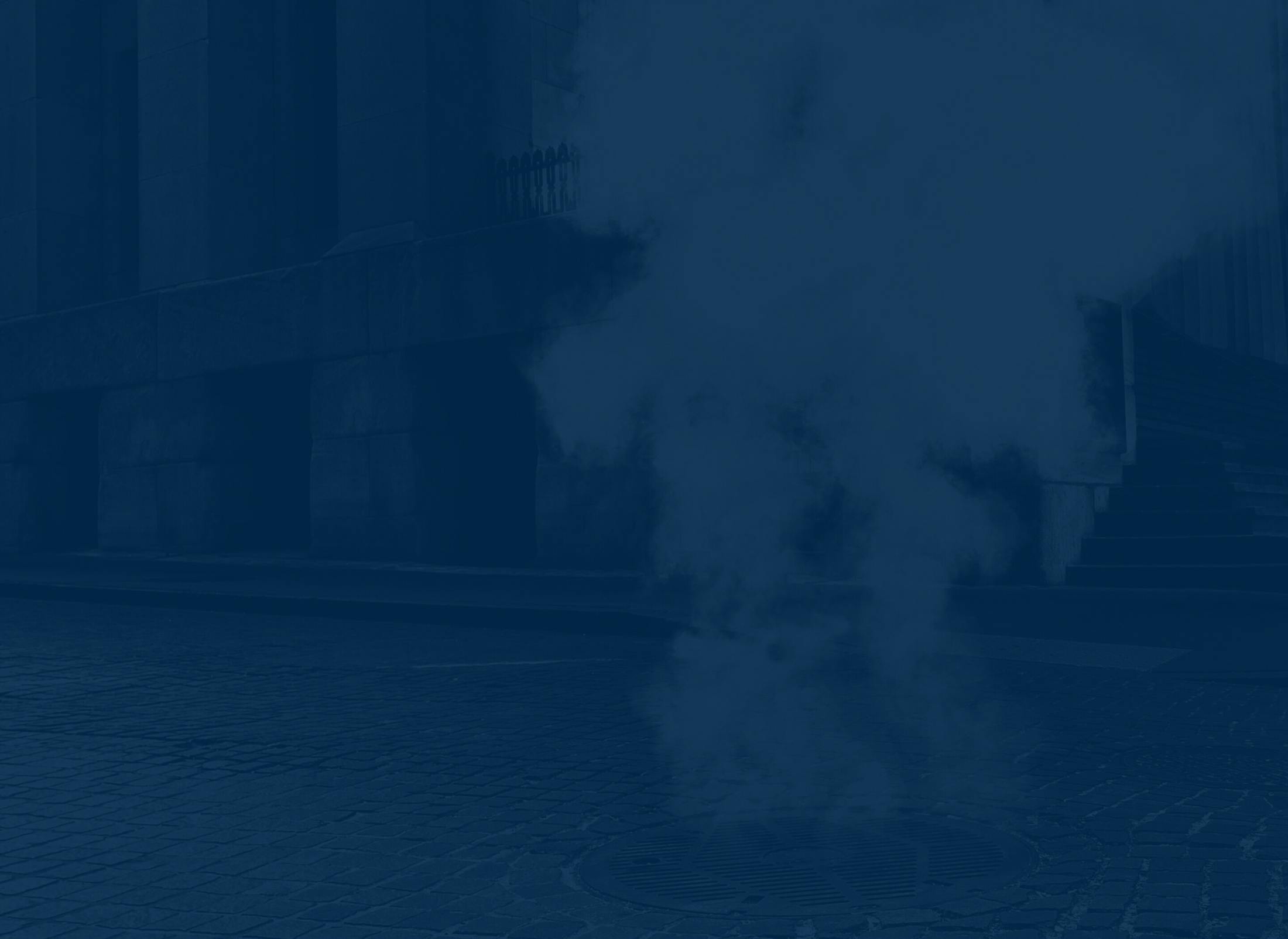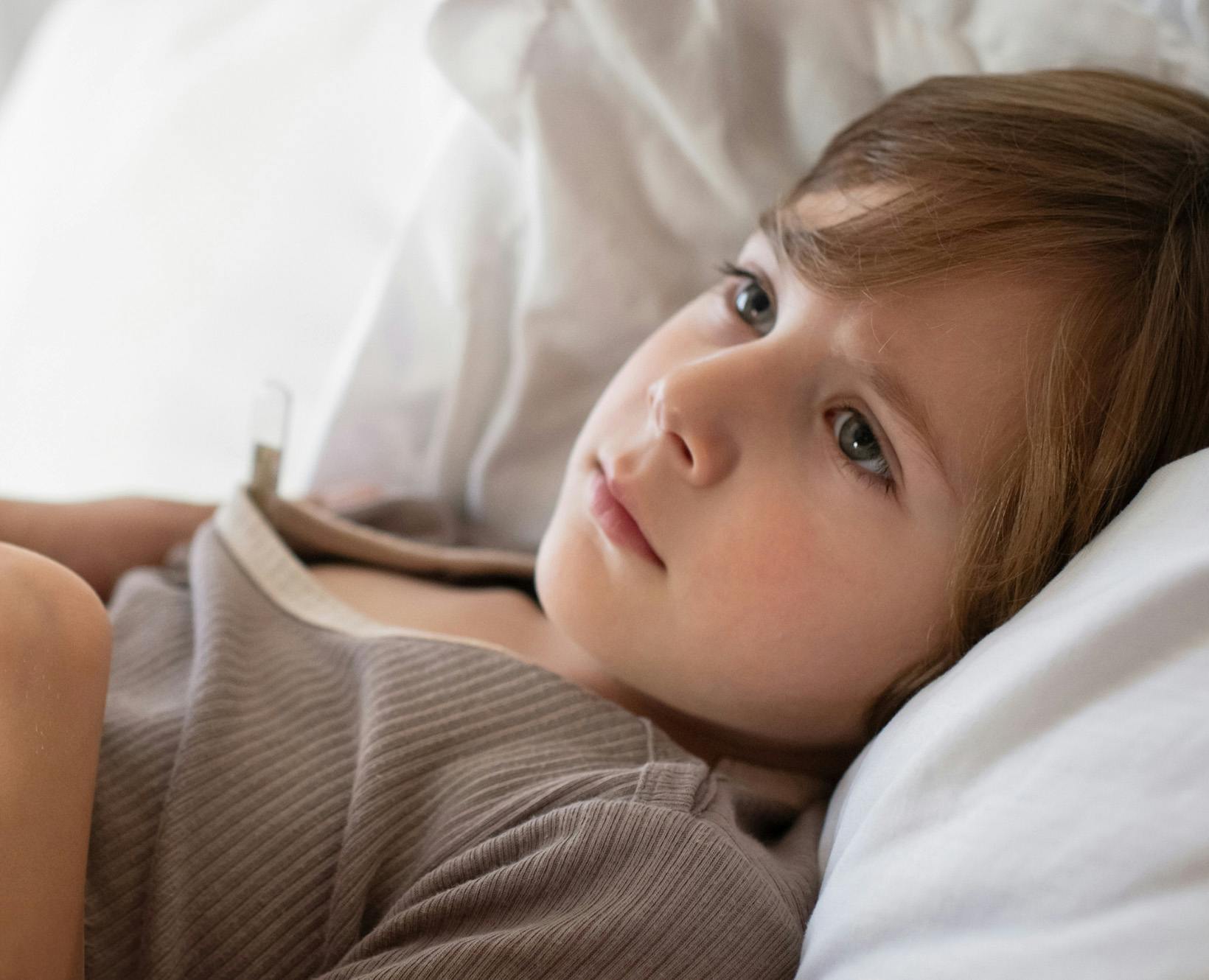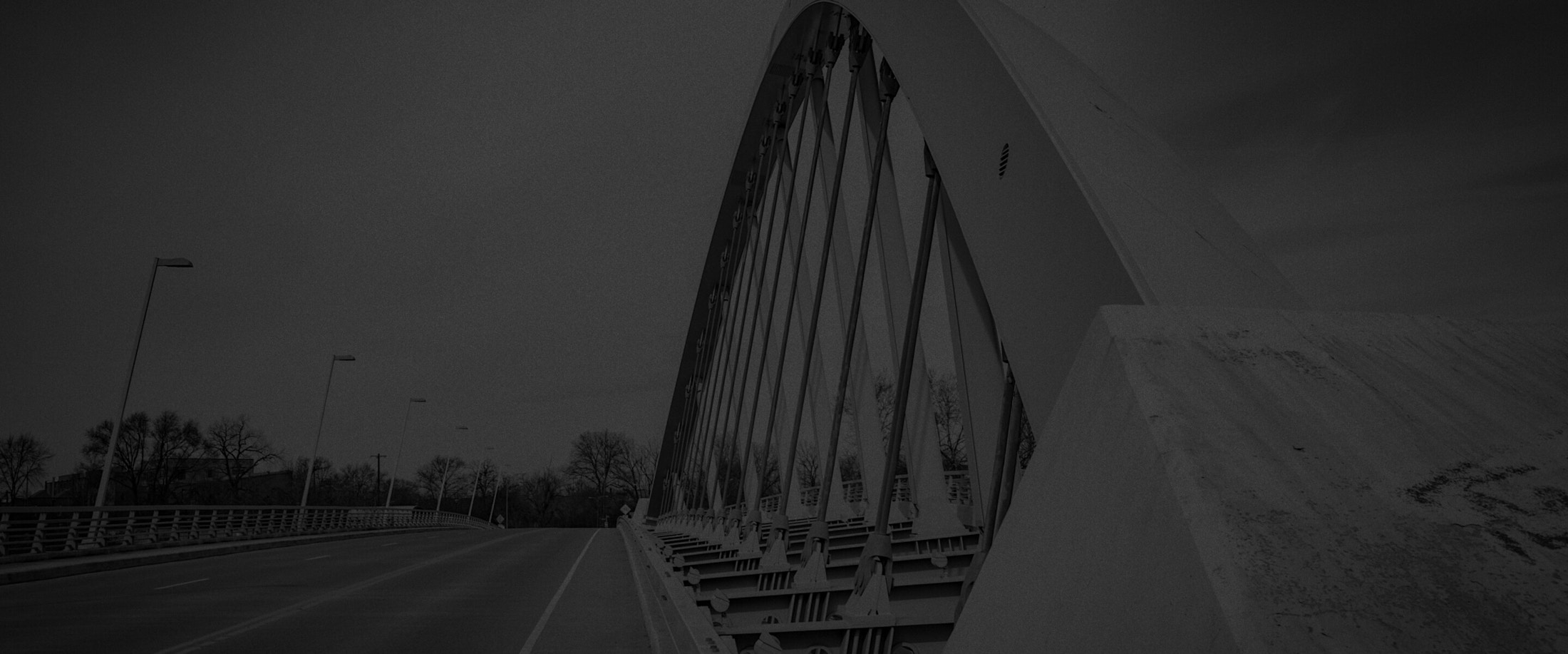Under Ohio law, medical malpractice occurs when a healthcare provider deviates from the accepted standard of care, and this deviation causes injury or death to a patient. For pediatric cases, courts consider that children lack the full capacity to advocate for themselves, and neglecting this can strengthen claims.
Beausay & Nichols Law Firm brings over 40 years of combined trial experience and a proven record of multimillion-dollar recoveries in complex, high-stakes cases. We understand that when a child is harmed by medical negligence, the consequences reach far beyond physical injury. That’s why we approach every pediatric malpractice case with deep compassion, unwavering commitment, and a focus on the child as a whole person, not just a file number. Our attorneys have gone head-to-head with major hospitals and powerful insurance companies, and we don’t back down. We fight with courage and clarity to secure justice for families across Columbus and Ohio.








